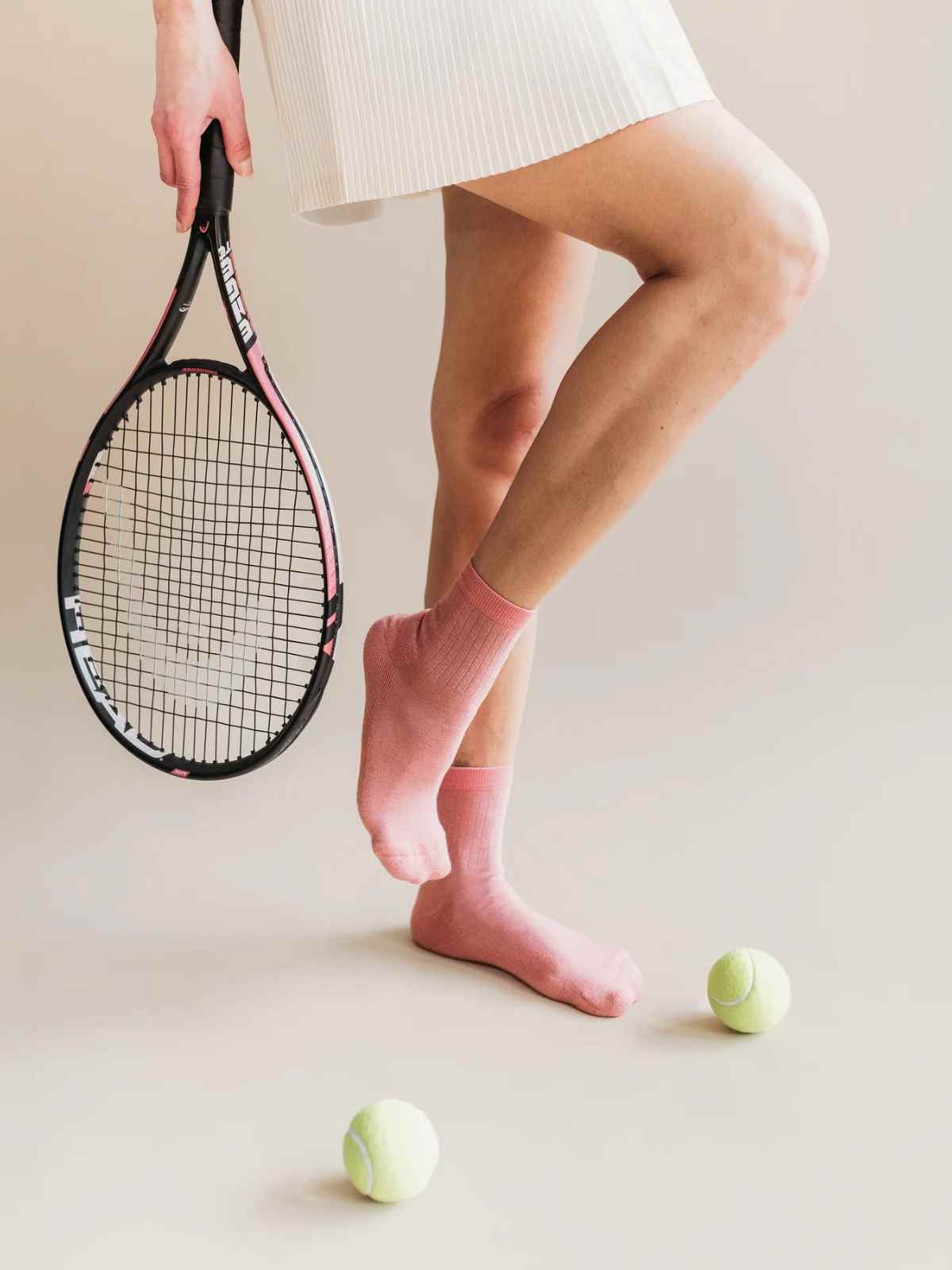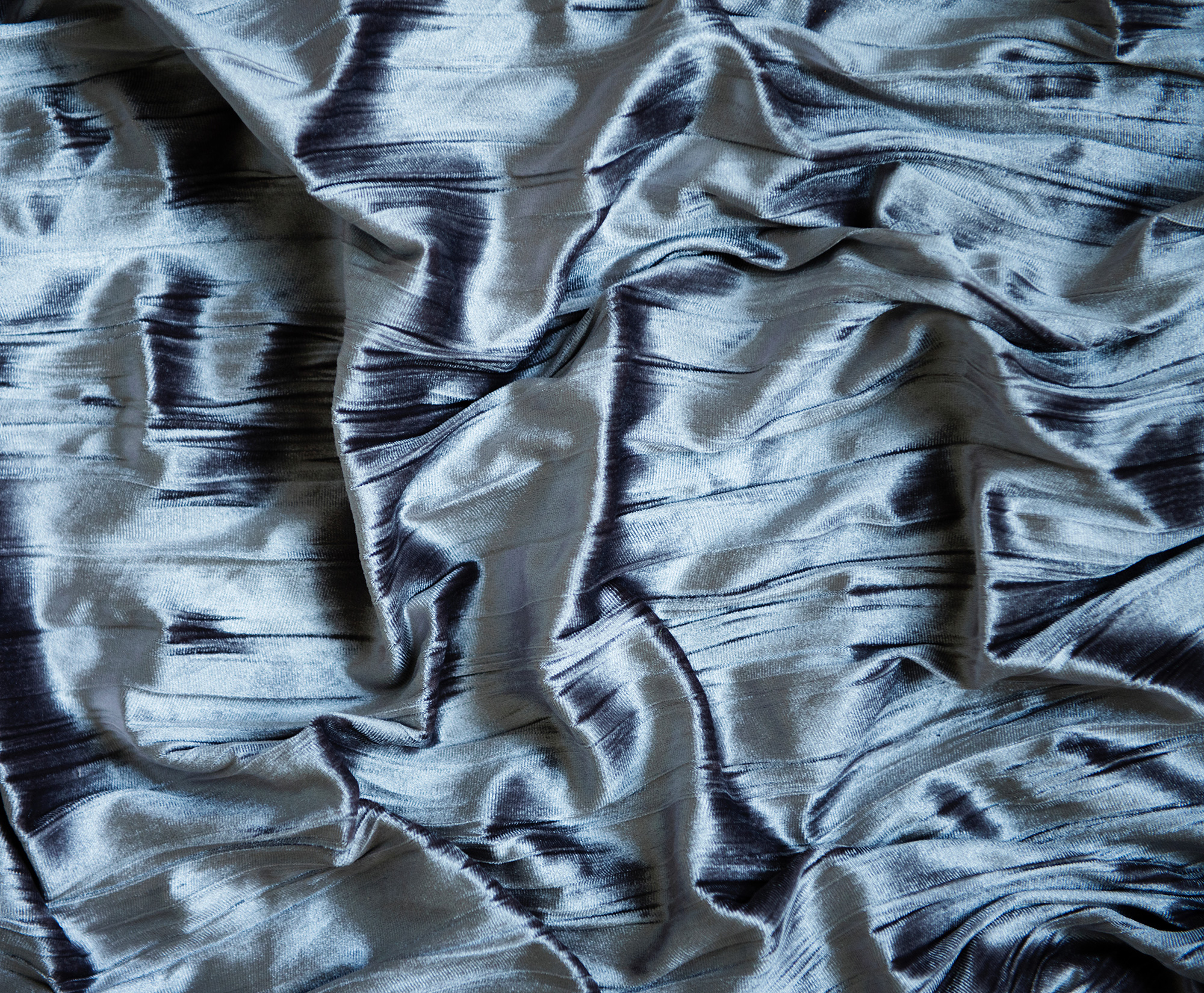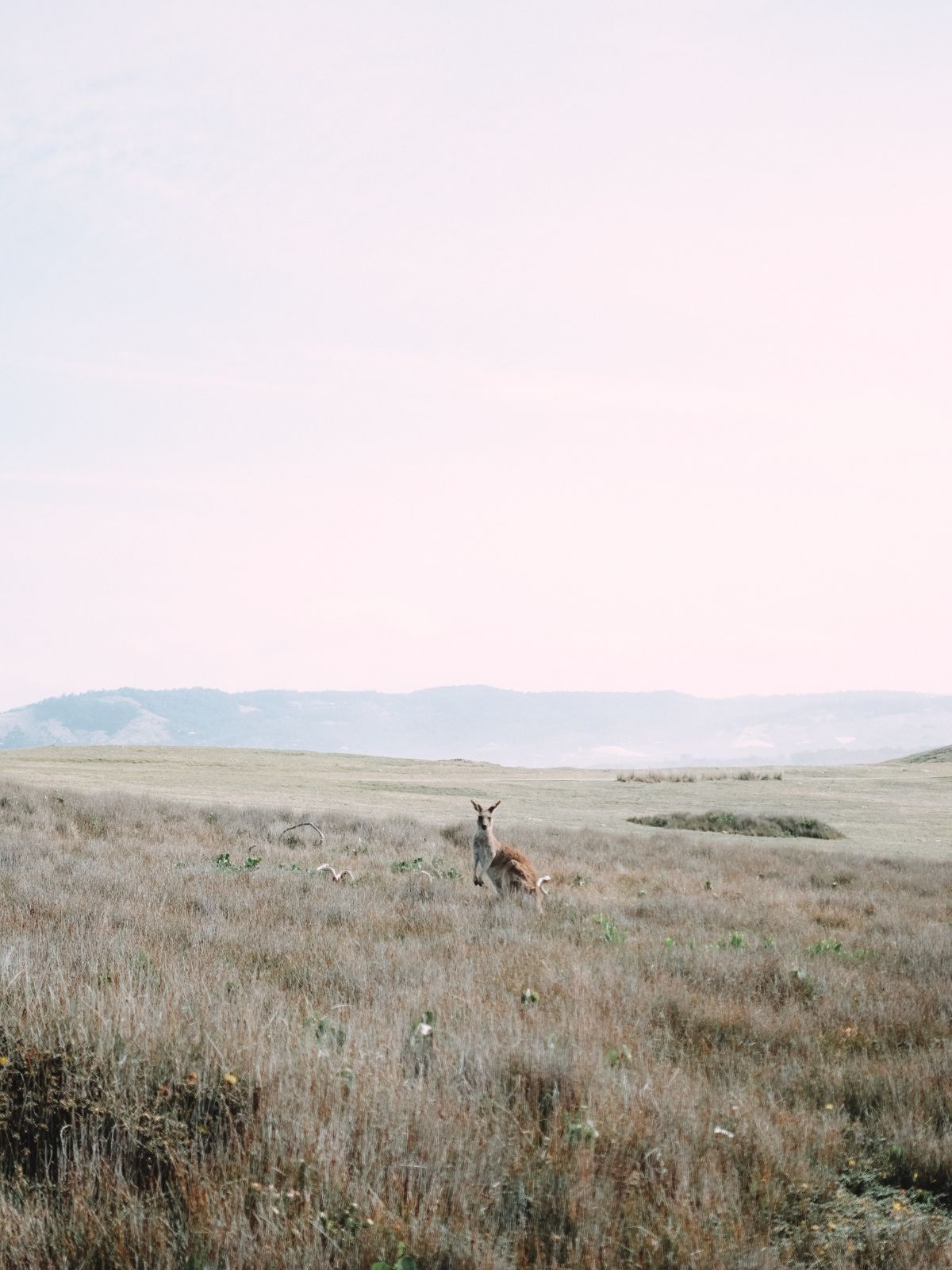Shimmering and smooth, silk has been a sought-after material for hundreds of years. But its greenhouse gas emissions and connections to labour abuses means you might want to look for alternatives.
What is silk?
Local legend goes, Chinese Empress Xi Ling Shi (also known as Leizu) was sitting beneath mulberry trees on a fine 27th century BCE day, enjoying a cup of tea when a cocoon fell into her cup. As the fibres of the cocoon began to unravel in the hot water, the Empress admired the beauty of the shimmering threads. And so the story goes that the young royal invented the reel and loom, going on to teach the ladies of her court how to weave silk fabric.
Demand for silk established an ancient trade route through Asia, the Middle East, and Europe which became known as the Silk Road. While Chinese Imperialists kept their silk-making method a secret to maintain power over its value, by 550 CE two monks smuggled silkworm eggs in their walking canes, hobbling all the way home to Constantinople upon the orders of the Roman Emperor Justinian.
Today, the cultivation of silkworms for silk—known as sericulture—is a big business. No longer a secret, silk is spun from the long threads which make up the inner cocoon of a silkworm. The fibres are in fact saliva, produced by the worm to insulate itself until it is time to transform. After being pulled from cocoons, raw silk threads are reeled together for commercial use. China remains the largest silk producer in the world, followed by India, Uzbekistan, Brazil, and Japan.
Is silk sustainable?
Despite being dubbed a “natural” fibre, the sustainability of silk can vary based on how it’s processed, and by how sericulture facilities are fuelled. Silk is also an inefficient material to produce, with 187kg of mulberry leaves required to be grown as feed for silkworms in order to make just 1kg of silk. So many leaves and so much land for them to grow on means that the mulberry leaf farm practices tied to silk matter a lot to the overall material impact.
The processing of conventional silk generates high volumes of greenhouse gases due to the large amounts of manure and fertiliser required to grow mulberry leaves, and because coal is used to power a lot of the sericulture facilities, which require energy to maintain boiling water and steam for production. These emissions aren’t inherent to the material like methane emissions from wool are, and could be limited as renewable energy increases, and by changing farm practices.
What about the people in silk supply chains?
The silk industry provides employment to millions of people across the world, most of whom live in rural areas where job opportunities are limited. While sericulture has aided community development and lifted some people—particularly women—out of poverty, for others, it is the industry they are enslaved by. Sericulture can also be dangerous if safe working conditions aren’t provided.
Forced labour
The global silk industry is rife with human rights abuses. While this isn’t the case across the entire industry, with very few brands able to supply information about how their raw materials are made (and by whom), it can be virtually impossible to know which brands are tied to this serious problem.
The four most significant silk-producing countries are reported by the Global Slavery Index to be associated with high modern slavery risks. In Uzbekistan and India, for example, forced labour has been widely documented. Child labour is also documented across both countries, with children as young as 5 in Uzbekistan reported to work from 4AM until midnight picking mulberry leaves and tending to silkworms. In India, one report shared the words of 12-year-old silk weaver, Mehboob, who said that he had learned nothing else in his life. Without diligently-reported assurance that a brand is not using silk made with forced labour, it should not be assumed to be fairly made.
Painful work
The boiling water and hot steam silkworms die in also commonly cause serious burns on the hands of sericulture workers. These burns can lead to secondary infections like dermatitis. A report from Kashmir, India, showed health problems like back pain, respiratory issues, headaches, eye irritation, and other ailments to plague the majority of silkworm rearers.
If silk isn’t produced organically, and instead with the use of dangerous pesticides, further health issues can persist. Chemical exposure through pesticides, as well as during the processing and dyeing of some silks, can cause skin irritation and damage to organs including the lungs, kidneys, and liver. It’s for this reason that sustainable farming and dyeing practices—for all textiles—are closely linked with fair working conditions.
Silk’s impact on animals
Despite being called “silkworms”, the little critters inside the silky cocoons used to produce the fabric are caterpillars. These caterpillars would naturally metamorphose into moths, specifically the bombyx mori moth, in the case of domesticated species. This soft, white species makes up as much as 90% of global silk production, but a variety of other species are bred across Africa and Asia, too.
Note: The following section explores the impact of silk production on silkworms, but the sentience of insects is still being researched by the scientific community and Good On You’s own methodology does not treat silk in the same way as materials like leather and wool. However, a brand cannot achieve our highest score of “Great” for animals unless it is entirely vegan, so you might choose to steer clear of virgin silk if you prefer cruelty-free and vegan fashion.
Debates around insects and cruelty-free
Exploring the ethics of using silkworms for fashion is complex. While a growing body of evidence suggests that insects have complex cognitive capacities, research in the space is still developing.
Some cruelty-free fashion lovers choose to err on the side of caution and follow an ethical philosophy that aims to reduce suffering among all lifeforms.
So what happens to silkworms and moths in sericulture?
To spin their cocoon, silkworms spin their bodies in a figure-eight shape as many as 300,000 times over up to eight days. Naturally, moths would then break out the top of their cocoons after their transformation is complete, but this breaks the kilometre or so of silk filament they produce. So, in the silk industry, silkworms are either steamed or boiled alive inside their cocoons. To make just one kilogram of silk, as many as 5,500 individual silkworms are killed.
What about “ahimsa silk”?
The ancient Indian principle of “ahimsa”, commonly referred to as non-violence, is all about respecting living beings and avoiding injury and suffering. Ahimsa silk, also referred to as peace silk, is promoted as cruelty-free. However, “Ahimsa” silk moths are still discarded and crushed in bins after they are of use and kept in semi-frozen conditions until breeding season.
What’s more, the bombyx mori moth has been selectively bred for the sake of profit. These breeding practices mean that even if moths are free to leave their cocoons, they will never be able to fly or move properly, or even eat, and so are unable to live for long.
There are some types of silk derived from wild species. Muga, tasar, tussah, and eri silk textiles are made in India, where empty cocoons are collected from forests for use in fashion. But transparency in wild silk supply chains is limited, and some such silk is “free-range” rather than wild (where natural habitats are imitated in human-made facilities). Wild silk varieties are both rare and not as soft as the original and coveted mulberry silk, losing much of the allure of the material for many people.
The future of silk
While a number of alternatives to silk already exist today, a lot of them are synthetic and derived from fossil fuels. These materials—polyester being the most common example—are tied to hefty water use and microplastic shedding, and can take hundreds of years to break down in landfill. Instead, look out for vintage materials, recycled satin, increasingly common bamboo lyocell fabrics, as well as more innovative and plant-based materials like Naia™ Renew, a cellulose acetate fibre.
Silk alternatives made from rose petals and banana fibres are difficult to find, but similarly soft. Silks made from orange juice industry by-products are being created by Orange Fiber in Italy. Meanwhile, Bolt Threads—which also creates mycelium leather—has produced the first commercial spider silk. Despite the name, the company does not use spiders in the process, but was inspired by them. The thread is made from yeast, water, and sugar and produced through fermentation. This process is much like brewing beer, except instead of the yeast turning the sugar into alcohol, they turn it into the raw stuff of spider silk. It is worth keeping in mind how new these silk alternatives are to the market and that comprehensive peer-reviewed studies on their environmental impacts might not yet exist.




















